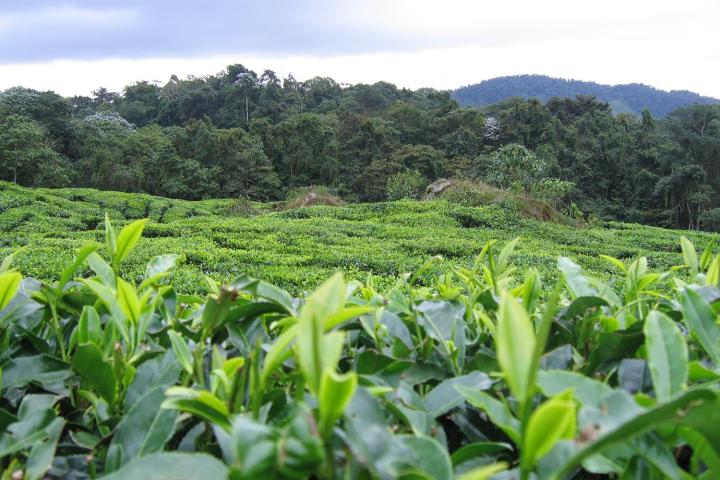
By taking a closer look at plant ramifications, or the junctions between plant stems and branches, researchers from the Plant Biomechanics Group of the University of Freiburg, Germany, believe that they’ll take a page from Mother Nature’s book and develop a man-made but plant-based structure that is branched, fiber-reinforced, and lightweight. By using magnetic resonance imaging (MRI) technology, researchers have been able to scan the internal workings of the flora.
A key discovery from the 3D imaging has been Linnea Hesse, a researcher who is taking part in the study, told Eureka Alert, “We wanted to assess the load-bearing capacity of the vascular tissues. Now, for the first time, we can visualize load-induced deformations non-invasively within a living plant.”
She continued, “The focus is on optimizing technical ramifications and thus product development in car, aircraft, windmill and sport device construction, as these profit from reduced weight and high load-bearing capacity.”
Key to this load-bearing capacity idea is a deeper understanding of fibrous bundles in plants — a concept that researchers hope can be cross-applied to artificial materials, keeping them super lightweight but extremely resilient. While scientists recognize that they still have quite a ways to go before completing their research and fully understanding biomechanics and their usages, many seem hopeful that this will serve as the necessary first step.
And if they’re right, the trees in your backyard could be the inspiration for your next car.


